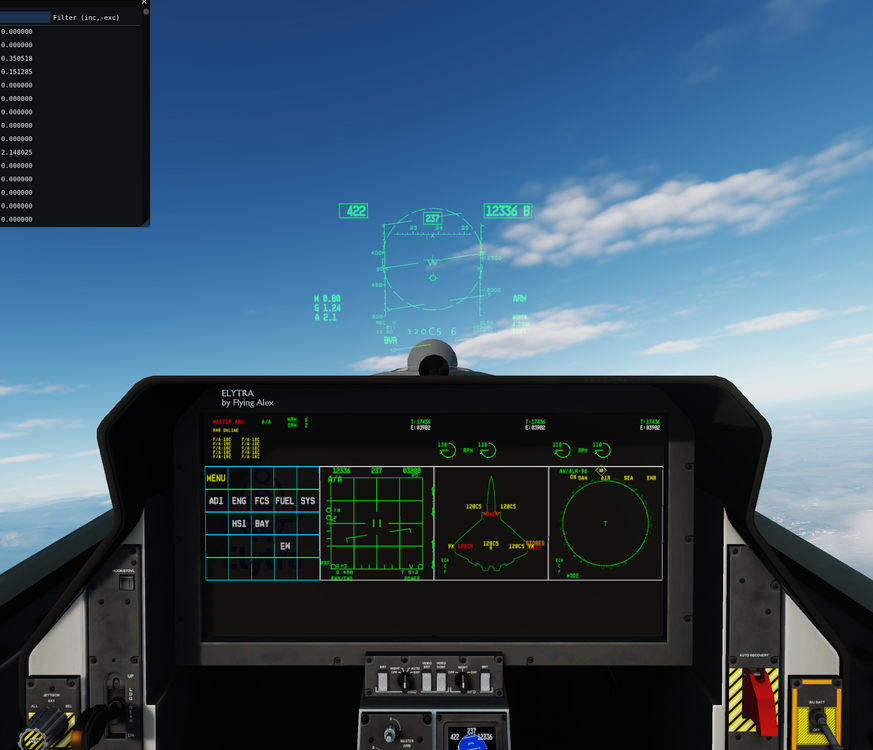Leaderboard
Popular Content
Showing content with the highest reputation on 09/15/23 in all areas
-
Aerges: Teaser of the upcoming DCS: Mirage F1 BE by Aerges, which is planned for next DCS World Open Beta update. The BE is the two seater version of the Mirage F1CE. Among the major features of its rear cockpit is the sight repeater, and the ability to control the most vital systems: radar, V/UHF radio, and radio navigation aids. The CC-420 gunpod will be introduced in this release, which will be available for all versions of the aircraft. You'll be able to fly and cooperate with a friend in multiplayer to increase the combat effectiveness of the plane with its multicrew functionality.11 points
-
Heatblur Simulations: have you selected your WSO yet? It's tough work in the Phantom! Part of our polishing process is making sure multicrew works great on day one. It's tough work; but expect a solid and smooth experience from the very first minute flying together.8 points
-
Hi Admiral189, I like realism, so i decided to update / create the Wake files of two of your ships, the "Tarantul corvette" and the "USS Bainbridge CG-25". I intended to update some more, but i read that you are in the process of updating your old ships (USS Constellation and USS Kidd), so tell me if you prefer doing it yourself, or if my (little) work will let you gain time. Tarantul_Corvette.lods.ship_wake USS Bainbridge CG-25.lods.ship_wake6 points
-
COMING SOON In this DCS: F/A-18C video, we’ll look at new features coming to the datalink capabilities of our F/A-18C. As many of you already now, data linked flight members are limited to the same four-ship group as set in the Mission Editor. With this update, it will now be based on Source Track Numbers, or STN. This will allow you to set aircraft outside a group to your Team of aircraft 1 to 4 and even change this while in a mission. You can also set up to eight donors. Let’s get started. Let’s start in the Mission Editor to see how we now set up the F/A-18’s datalink. When selecting an F/A-18C Airplane Group, you will now have an additional tab called datalinks. We’ve also added some new functionality to the Aircraft Additional Properties tab that we’ll look at first. Along the bottom, we now have three new items under Datalink. The Voice Callsign Label, Voice Callsign Number, and STN are identifiers used when setting up the network. You will probably want to set the Voice Label and Voice Callsign Number to match each aircraft’s callsign. It’s important that each STN be unique within a Fighter Channel and the STN must be entered as an octal, i.e., only values of 0 to 7 are valid. The Tactical Net Datalink, TNDL, tab as two sub-tabs, one for Settings and one for Network. Your Voice Callsign will be auto-populated here and everything else cannot be edited at this time except the Transmit Power. The Network sub-tab is the meat of setting up the network. The top portion lists up to four Team members that can exchange data and target assignments over the datalink. Although these can be assigned in the Mission Editor, they can also be edited while in flight using the Situational Awareness, or SA, page. We’ll examine this a bit later. Along the left side of the team member number that is auto assigned. To the right of that is the Pilot Name and to the right of that is the Voice Callsign Label and Voice Callsign Number that we discussed earlier. Next is the member’s STN number. The rightmost column can be selected to remove a member from the Team. If you have open Member slots in the Team list, you can add an entire Group or add an individual aircraft. Below the Team Member list is the Donor list that can have up to eight aircraft. Like the Members list, each row displays an aircraft with its Member number, Pilot Name, Callsign, STN, and delete option. Also like the Members, you can add Groups and individual units to the list. What is also very important to note is that any aircraft with a TNDL STN can be added to the Member or Donor network, not just other F/A-18s. We’ll get in the air now and look at this in action. Looking at the SA page, you can see that I have my three Team members off my right wing, four F/A-18 donors off my left wing, and four Viper donors ahead of me. I also see four other F-16s that are not assigned to my team or donor list. Remember that team members will have an alphanumeric letter and donors will have a dot on the left side of the icon. We can place the TDC over a contract and see it’s information in the bottom, right corner. Using the SA page, I can remove and add participants to my Team and Donor lists. For example, we’ll place the TDC over one of the F/A-18 donors and we can see that it is a donor. By selecting the DONOR label, I can remove it as a donor. I can now place the TDC over the second F-16 flight and select DONOR to assign that aircraft as a donor participant. You can do this with all networked aircraft, and it allows you to dynamically configure your network during a mission. I hope you enjoyed this explanation of expanded datalink functionality for the F/A-18 and recognize it as a major advancement for DCS in general.6 points
-
5 points
-
5 points
-
5 points
-
Dear Fighter Pilots, Partners and Friends, Thanks to all of you for joining us in the celebration of our 15th anniversary year and to those of you who took advantage of the huge savings in our anniversary sale, congratulations on a great purchase and thank you. For those of you who haven’t seen the sale, take a look here and remember, there are only a few more days left to go, so please don’t miss the opportunity to pick up something really special for an exceptional price. Shop now! Please take a look at our third party partner, Check Six Simulations, and the steady progress on their upcoming DCS: PC-9/A. They are finalising both the cockpit and external 3D models and we are excited to share some Development Screenshots. We wish to congratulate Roughmaster Liveries on their Belgium Air Force’s 8000 hour livery! This livery is truly unique and will soon be available for all. Check out the story below. Don’t miss the sale! Thank you for your passion and support. Yours sincerely, Eagle Dynamics Roughmaster F-16C Livery | PC-9/A Development Report | 15 Year Sale Ends Soon https://www.digitalcombatsimulator.com/en/news/newsletters/c2dfa9e44e99bf4cf2db8a0470fce133/4 points
-
"REZKIY" Technical characteristics: Length: more than 104.5 meters. Displacement: 2250 t (full) Speed: 27 knots Crew: 100 people "Rezkiy" is a Russian multi-purpose corvette with guided missile weapons for the near and far sea zone of the Russian Navy. Designed for patrolling, combating enemy surface and submarine ships, and supporting amphibious assault in the near sea zone. The ship is built according to a modular design, which makes it possible to install new weapons and electronic weapons systems on them without major alterations and time-consuming. The basic principles laid down in the corvette design are multifunctionality, compactness, stealth, automation of ship systems, and increased ship survivability. The life cycle of the ship is determined to be 30 years. The corvette's hull is smooth-deck steel. Thanks to the new contours of the underwater part of the hull, water resistance is reduced from 5% to 25%, depending on the speed. The ship's superstructure is made of modern multilayer composite materials with structural reinforcement using carbon fiber-based materials. The shape of the superstructure is designed using so-called “stealth technology” in order to reduce radar signature. At the stern there is a hangar with a landing pad for a Ka-27 helicopter. The main power plant is a two-shaft diesel engine. The installation is based on two diesel-diesel units DDA12 000, each of which includes two diesel engines 16D49. Armament 2 × 4 Uran-U launchers with Kh-35 anti-ship missiles 3 × 4 VPU air defense missile system "Redut" 2 × 6 × 30 mm AK-630M-06 artillery mounts 1 × 1 × 100 mm A-190 artillery mount 2 × 4 324-mm torpedo tubes with torpedoes of the Packet-NK complex 2 × 1 × 14.5 mm machine gun mounts 2 × 2 anti-sabotage grenade launcher DP-64 “Nepryadva” Man-portable anti-aircraft missile system "Igla-S"4 points
-
4 points
-
Not really much to share. The cons are plenty, from the black-and-white classification to the lack of depth in the comms, no way to tell it Commit/Target, so information is not focused on what you want to know, no way to have the additional information from it and much more. For example, in this video, I have three recordings from real-life events (two Gulf of Sidra, and one modern exercise). In another video, I have the recording from the "double-kill" of an F-15 vs 2xMiG-29, the first time two missiles were supported at the same time and splashed two. By far, the worst aspect is the precision. It is something similar to the RWR of the F/A-18C that can be used to conduct a full intercept: it is too precise, with no values uncertainty, and instantaneous refresh rate. On the other hand, in real life, we have plenty of cases where controllers lack the capability of providing control accurately enough. In the example above, the one about the F-15, the AWACS did not see the targets initially. I also recall (hopefully correctly) a case in ZA vs Cuba, where the GCI, for one reason or another, caused the loss of one or two Mirage F1. No one expects this level of interactivity or errors, of course, but a good AIC/GCI implementation is a must for 3rd gen operations, and DCS still uses the same stuff since LOMAC. Hopefully, after MT is polished and finalised, ED can focus on this aspect. Any way, we are OT here, but this should answer your question.4 points
-
4 points
-
4 points
-
...PLEASE consider bringing your wonderful MSFS P-38 into DCS at some point. It's become one of my go-to planes there and would be a joy in this environment.3 points
-
Judging from this teaser. Teaser of the upcoming DCS: Mirage F1 BE by Aerges, which is planned for next DCS World Open Beta update. The BE is the two seater version of the Mirage F1CE. Among the major features of its rear cockpit is the sight repeater, and the ability to control the most vital systems: radar, V/UHF radio, and radio navigation aids. The CC-420 gunpod will be introduced in this release, which will be available for all versions of the aircraft. You'll be able to fly and cooperate with a friend in multiplayer to increase the combat effectiveness of the plane with its multicrew functionality.3 points
-
Brought to you by, The Airbus Beluga The Airbus Airbus Beluga (A330-743L) is a large transport aircraft based on the Airbus A330-200F built by Airbus to move oversized aircraft components, such as wings. The aircraft made its first flight on 19 July 2018, and received its type certification on 13 November 2019.[3] The Beluga entered service with Airbus Transport on 9 January 2020. https://www.dropbox.com/scl/fi/g4bbz513ud583swpdidr7/Airbus-Beluga-V-1.2.1.zip?rlkey=s1hn19g5qr536izo1n4szgipe&dl=0 Damage collision added. Now includes Four types of cargo including. A Helicopter, A Cargo pallet, A Tank, And a Supply pallet. All Cargo is placed inside the Bay, and can only be seen when the front is open, using arg 38. Try a landing and parking mission! Also includes a Loading crane. Animated, I hope! I also created a skin for the US Army. Not very good sadly. The Livery is a WIP! Please create more! Have FUN! Stay safe! Be Kind! A WIP! WIP screens. The cargo load outs need to be created, and/or added to the bay! And a Crane to load the same! Stay tuned! Cargo created! Crane added!3 points
-
3 points
-
It's pretty straight forward - currenthill. Yep, everything I learn while developing new assets I put on a list. So that when I prepare to update an older asset I always go through that list and make sure everything gets updated to the latest standard.3 points
-
15 сентября 2023 года Дорогие друзья, Спасибо всем, кто присоединился к нам в этот юбилейный, 15-й год жизни DCS, и тем кто воспользовался уникальной возможностью порадовать себя новым приобретением в рамках нашей особой, юбилейной распродажи! Тем, кто еще не в курсе, сообщаем – остается всего несколько дней до закрытия нашей юбилейной акции с самыми большими скидками! В этом выпуске мы вкратце поделимся некоторой информацией о DCS: PC-9/A, работы над которым ведёт наш партнёр, компания Check Six Simulations. Уже подготовлена кабина и внешняя модель самолёта, а некоторые из скриншотов вы уже можете посмотреть в нашем специальном разделе. Один из талантливейших художников сообщества DCS, публикующий свои работы под ником Roughmaster подготовил специальную ливрею для F-16 бельгийских ВВС, налетавшего 8 тысяч часов, и она уже на реальном самолёте! В скором времени она станет доступна всем нашим пользователям. Читайте историю этого самолёта ниже. Благодарим за поддержку, и не опоздайте воспользоваться скидками! Искренне с Вами, Команда Игл Дайнемикс 15 лет с DCS Скидки до 60%! Распродажа, посвященная 15-летию DCS World подходит к концу, и мы хотим поблагодарить всех тех, кто с нами, кто вдохновляет нас на дальнейшую работу или только присоединился к нам в эти дни. Все это было бы невозможно без вас, нашего верного и преданного сообщества! Распродажа закончится ровно в 19:00 московского времени 17 сентября. Не упустите возможности получить наши модули с большим дисконтом; включая самые популярные DCS: F/A-18C, DCS: F-16C Viper, а также DCS: AH-64D с 50% скидкой! Для поиска других модулей перейдите на главную страницу нашего E-Shop. PC-9/A Отчёт о разработке Компания Check Six Simulations проделала большую работу и в скором времени представит нам кабину и внешнюю модель для предварительной оценки. Они уже приступили к программированию лётной модели этого учебно-тренировочного самолёта. Смотрите скриншоты в нашем специальном разделе. Roughmaster Liveries Окрашивает настоящий F-16C Талантливый художник, создатель творческой мастерской “Roughmaster Liveries”, рисующий одни из самых качественных ливрей для DCS разработал специальную ливрею, в которую был окрашен реальный F-16 бельгийских ВВС с бортовым номером FA-95 в честь достижения им налёта предельных 8000 часов, а также, в честь лётного и обслуживающего персонала сделавшего это возможным. Мы поддерживаем мастера в его начинании; ливрея увидит свой дебют в DCS и этим, мы хотим выразить дополнительную признательность ВВС Бельгии, авиабазе в Кляйне Брогель, командиру базы, а также R. Tiziano, T. Bram, Robin Meus из состава 349-й и 31-й эскадрилий, художникам и специалистам покрасочно-плоттерного зала “KeeBee” за неоценимое содействие. Самолёт, изображенный на фотографии, был построен и передан бельгийским ВВС в 1985 году. В домашнем воздушном пространстве работал с авиабаз в Кляйне Брогель и Флоренне. Участвовал в военных действиях в небе Косово, Ливии, Афганистана и Ирака, а также стоял на боевом дежурстве в рамках обеспечения повышенной боевой готовности ВВС стран Балтики. Благодаря качественным ремонтно-техническим работам и внимательному обслуживанию этот самолёт достиг предельного назначенного срока службы в 8000 часов для этого типа и до последнего момента находится в лётном состоянии. Восьмого сентября 2023 года, FA-95, с нанесённой на него торжественной ливреей “Global Viper”, последний раз поднялся в воздух в составе четвёрки F-16 31-й эскадрильи “Belgian Tigers” для демонстрационных полётов и вернулся, чтобы стать образцом качества при подготовке наземного инженерного и обслуживающего персонала. Окраска “Global Viper” уже скоро станет доступна для скачивания в разделе “Файлы Пользователей” на нашем сайте. Спасибо за энтузиазм и поддержку!3 points
-
Yep. Plan is to make all of the files available when I get to about a 90% solution. I'm guessing that will be sometime in early November. That will include a bill of materials for screws, buttons, switches, etc., etc. However, the files may or may not include the code for the Arduino. I haven't spent much time looking at how to make DCS BIOS work. I probably should have mentioned that this is all being done via photos I've found on the internet. The photos are resized in Fusion 360 (the canvas tool is incredibly helpful with that), but I'm expecting some measurements and sizes to be off by as much as a 4 or 5mm or 3/4's of an inch.3 points
-
^ I think he's asking why the trim gauge doesn't react to cockpit light then, like other instruments which were painted with fluorescent paint for that reason. @SlippaWe know that complete cockpit retexturing of the Spit is in the works. I suppose they won't bother with fixing the old textures when these are soon going into a bin anyway. However, if the problem persists in the new pit, you're free to unleash the report bumping fury .3 points
-
Never use these unless you know specifically that the exact setting will be correct for your case. There are big gaps between the settings. It looks like this: Use scan alt at range instead. Use the coverage numbers on the left of TID to judge next step higher/lower. Remember these calculated elevation limits apply to the currently set TID range. If you're going head-to-head the range is closing fast so better set the scan range a step closer than what was expected. @Karon Can you share your findings?3 points
-
3 points
-
What would be the difference with a Nazi skin? … you really ought to be more tolerant, maybe editing a mission where you fight one of these on your blue aircraft would help you feel better3 points
-
3 points
-
I've been engaged for a long time, a lot of times, using an aim-120 and I've noticed a strange phenomenon a few months ago After a particular patch *I don't know exactly when* As soon as the AIM-120 looks at the ground, it loses its target tracking or gives up tracking at all and falls to the ground. In most situations, there is a distance of more than 20,000 feet from the ground! It only needs a very 0.5 second or less BEAMING moment.Or not at all From what I've seen, the seeker on the AIM-120 doesn't filter out any ground clutter It doesn't head to the expected position, and there's a ferocious charge as if there's a target on the ground If you simply go down in a semicircle, you can avoid the missile And when this is combined with the DCS's notching decision In almost every situation, you can crash a missile into the ground Even if the target and missile are less than 3nm away If you place the M mark on the RWR in the direction of 3 o'clock or 9 o'clock, most of them will not be hit. Missiles without AIM-120 logic appear to be relatively less prone to this phenomenon. 8/3 8.3.mp4 9/7 9/7 here is TRACK 8/3 https://drive.google.com/file/d/1KDK1qNTB7fS-1NwsBpR7mXtRfh7fumJp/view?usp=drive_link 9/7 https://drive.google.com/file/d/1U0OzoZ3yfEprHYG3oQZFU5CI4xOLsG2c/view?usp=drive_link 9/12 https://drive.google.com/file/d/1Oz5o84KLRPQsdqd3jQ7dg-osGS66RsFC/view?usp=drive_link THANK YOU3 points
-
So, The pictures posted but not what I wrote, which is a bummer, but I'll try to summarize. Just wanted to do a quick update. I'm pretty much done with the interior mechanics of the throttle quadrant. I kicked around using potentiometers but decided on hall sensors for the flaps and throttles. This is mostly because of what I’ve read in this thread about the “potential” problems with the Throttletek. Hall sensors are a hell’va lot more expensive but if I’m putting this much effort into design and building, I might as well try to do it right. Micro switches have been modeled into the interior panels to act as engine cutoff switches. A 28BY J-48 stepper motor will power the emergency wing sweep handle so that it will move on it’s own in real life. I’ve kicked around using a servo motor instead. If anyone has any suggestions about stepper motor versus a servo motor, I’m open to them. As of right now I’ve modeled an Ardunio Uno to wire everything to. The emergency wing-sweep cover has a micro switch modeled to register when the wings are in the oversweep position. I’m still working on the emergency wing sweep handle and trying to decide how I want it work. Do I want it to be a simple push/pull for the up and down motion or do I want to try and model something that looks right, and functions? Either way, there is a microswitch modeled at the base of the arm that will sense the up/down position of the handle. The friction handle works and you will be able to adjust the amount of force required to operate the throttles. According to the NATOPS, minimum friction is 2-3lbs of force and the friction handle can adjust that to require more force. There's still lots left to do. The emergency wing-sweep guard needs to be modeled along with screw holes, brass inserts, buttons, switches, stepper motor driver board, top hats! Bloody hell. Some of the spur gears fail, which will require some minor resizing as well. But all in all, I'm pretty happy with how far this thing has come along. One important thing to note is... I’ve never programmed an Arduino. Progress is going to stall a bit as I’ll be out of town for about a week but if you guys have any questions or suggestions please let me know!3 points
-
Dear pilots! With this latest development update, we are pleased to announce the successful completion of the intricate flight model tuning process. To mark this achievement, we present our new video showcasing a demonstration flight of the aircraft. From this point forward, we are preparing the module for ED flightworthiness certification. This marks a significant milestone on our journey towards module release!3 points
-
2 points
-
Друзья, здесь вы можете оставить отзыв или указать на ошибки на нашем родном языке! Всегда рад помочь!2 points
-
2 points
-
I have to say that many 3rd parties are killing it in terms of bringing a variety of liveries. There is nothing more boring than a module with only 4-5 liveries that are specific to a nation and a specific block. Very hard to build interesting missions around that. A good mix of fictional (can be real, but not for specific model) and non-fictional liveries are essential. However 40 modules having 6GB worth of textures each is not really ideal, so there maybe has to be some form of balance...2 points
-
2 points
-
Okay, this track helped finding a nasty bug causing TWS to get stuck. Thanks a lot! Hopefully this will solve all above problems2 points
-
Actually, that´s wrong. "Plane", is a gender-neutral word, just like most words in modern English. Where "she" (gender association) really stems from, is old English, in which most words as well as inanimate objects were asssigned a gender by default. Now, aviation really got the norm from navy, specifically the word "ship", which in Latin is "navis" (a feminine word). Thus, aviation borrowing this custom, accepts ship/plane/aeroplane/etc... as a "female". A further understanding even suggests that with inanimate objects, crews typically associate a love/hate relationship, which suits the object having associated a sex with it and human properties ("She´s fast!", "She´s sexy!", "She´s got it all!", etc...). I guess however, that WarbossPetross was trying to voice through a male (offensive/aggressive in nature) quality about the aircraft. We're good! She´ll be quite a ride to handle, especially for Bf-109, which won´t have the upperhand, like with Spitfire (it cannot outturn it, but commands the engagement as it is faster). La-7 should both be faster than Bf-109, and outturn it quite easily. If the I-16 already creates a headache for Germany with it´s slow and highly maneuverable properties, the La-7 will really force the Germans into BnZ-arena, as it´s a force to be reckoned with!2 points
-
My opinion always was - only a combat simulator can do the justice to the combat aircraft. Similar with F-117.2 points
-
@saburo_cz and @DD_Fenrir - thank you for solving my issue, indeed the belly tank works when the RPM's are sufficiently high enough! cheers.2 points
-
Me too. I had an incredible time when I played EF2000 Typhoon on the scandanavia map by DID back in the days. It would sure be looking much more better than what was available in EF2000 back then considering the fact that Orbx are well renowned for map making and the quality of the software technology available currently in making maps. Sent from my XQ-AT52 using Tapatalk2 points
-
The two files go into the DCS Scripts folder: path: Scripts\Aircrafts\_Common\Cockpit2 points
-
2 points
-
Agreed. It’s a game about fighting and killing an enemy, so by definition you have to have enemies.2 points
-
More about EDs rumored plans on expanding into BoB. I too can wish for all bob planes. All Pacific planes etc. I'm not raining on anyone parade. I'm critical about EDs supposed planes to move focus away from what they are already doing. Given the time it takes for stuff to be finished. It would be fantastic if DCS actually did exist 25 years from now(tho many of us won't) and we did have all these ww2 and cold war planes and everything we wished for. But maybe not jump all over the place and have many half(or less) finished projects. Finish(or at least make more complete) before moving on to the next. ED is working on dynamic campaign with logistics etc. Imagine if they at the same time added flyable and AI assets for the 1944 period and we could have a truly immersive dynamic campaign for the whole of 1944. Something that would put all other competitors to shame.2 points
-
Oops! I hadn't noticed the change in format. Thanks for the clarification. Great work and much appreciated!2 points
-
A threaded rod runs through the center of the throttle quadrant. The flaps, throttles and EWS have 608 2RS skateboard bearings to help with smooth operation.2 points
-
Depends: The Crystal is fairly wide, 20cm on the inside / 22cm on the outside. With my average sized head (57cm / M), I can wear a pair of Corsair's Virtuoso XT headphones beneath the Crystal's head-mount. hth2 points
-
Development screenshots from the 8th posted on the Orbx Discord, just in case anybody hasn't seen the post on the unofficial roadmap thread:2 points
-
Not all pilots are the same, for some flying the Tomcat has happened over 30 years ago. Misremembering and also, importantly: often illustrating to an audience that shares many different professions and levels in knowledge about aviation - is what I think leads to such stories. The setting likely also makes a difference: you would try to leave out such things say if speaking to a class of aerospace engineers at a University, contrary say to speaking at some convention or on a TV interview to a much more general, public audience. I can assure you though that none of the pilots I (or we) flew with struggled with the Tomcat's FM, to the contrary, it felt more like them being right back at home. One of our early SMEs landed a 3 wire on his first attempt just by following his muscle memory, even prior to release (and much has been refined since then, mostly thanks to the outstanding input from Victory205). We had similar experiences with other pilots, both with or without prior DCS experience. Here is the early FM test video from, my gosh, already 6 years ago.2 points
-
2 points
-
Recently Browsing 0 members
- No registered users viewing this page.


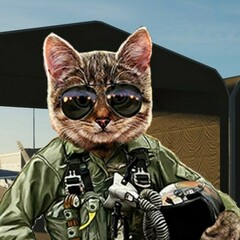
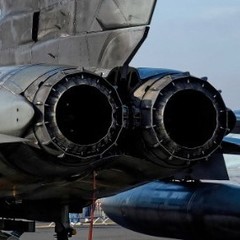


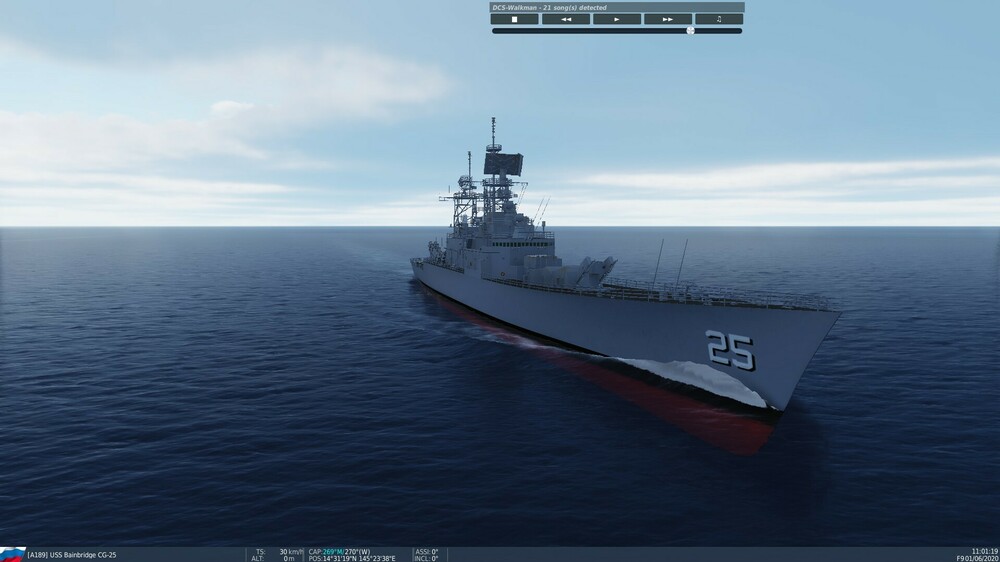


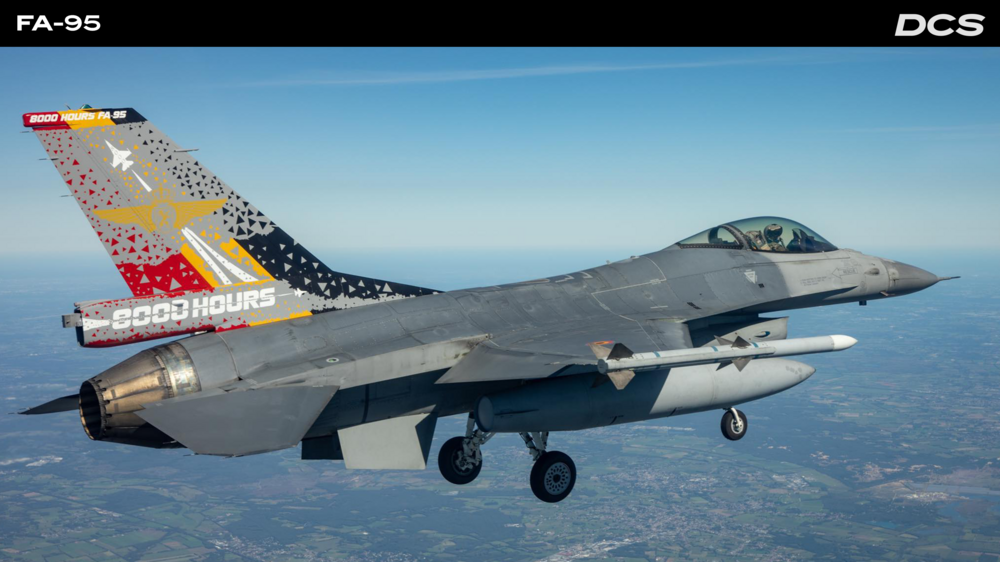

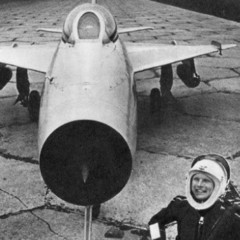
.thumb.jpg.2f1ebc236d185cc40111ed34b0033783.jpg)
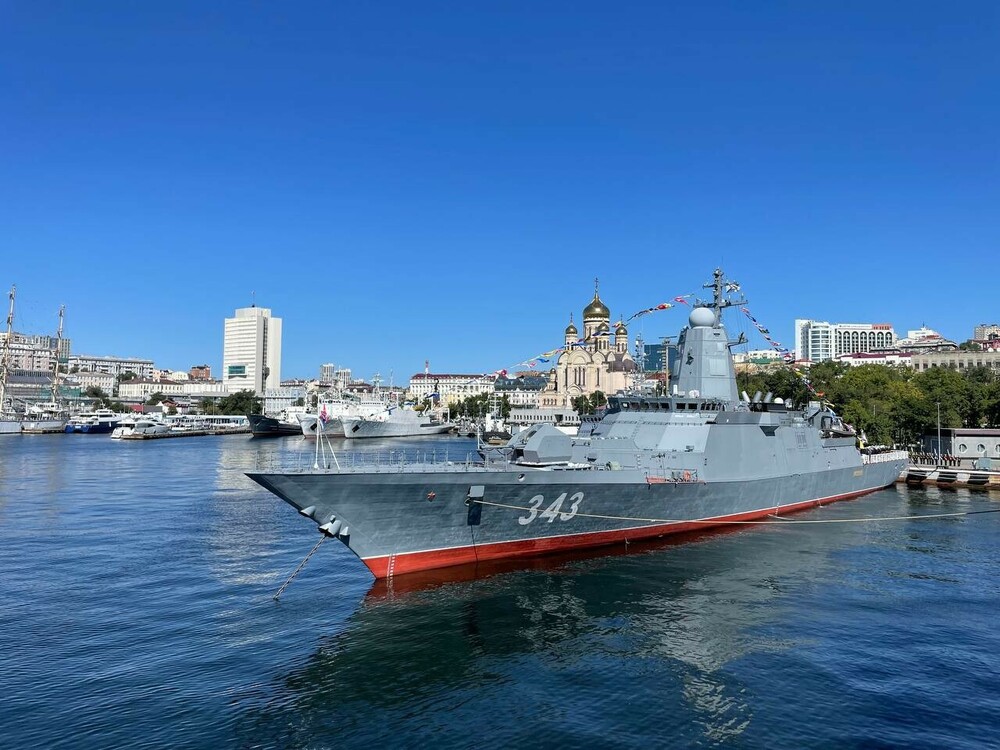



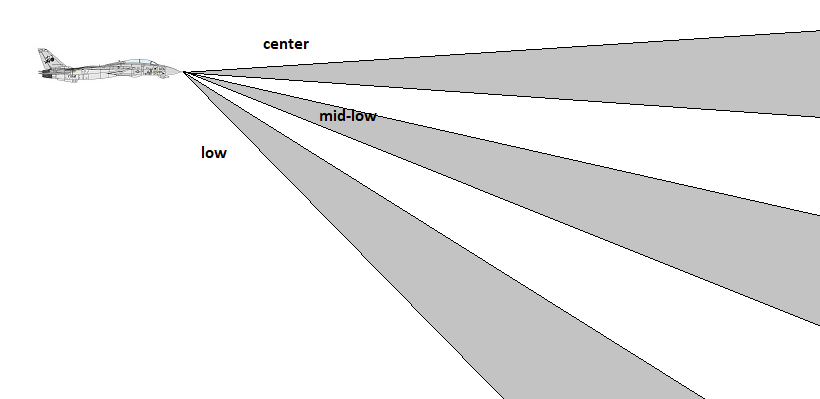
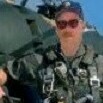
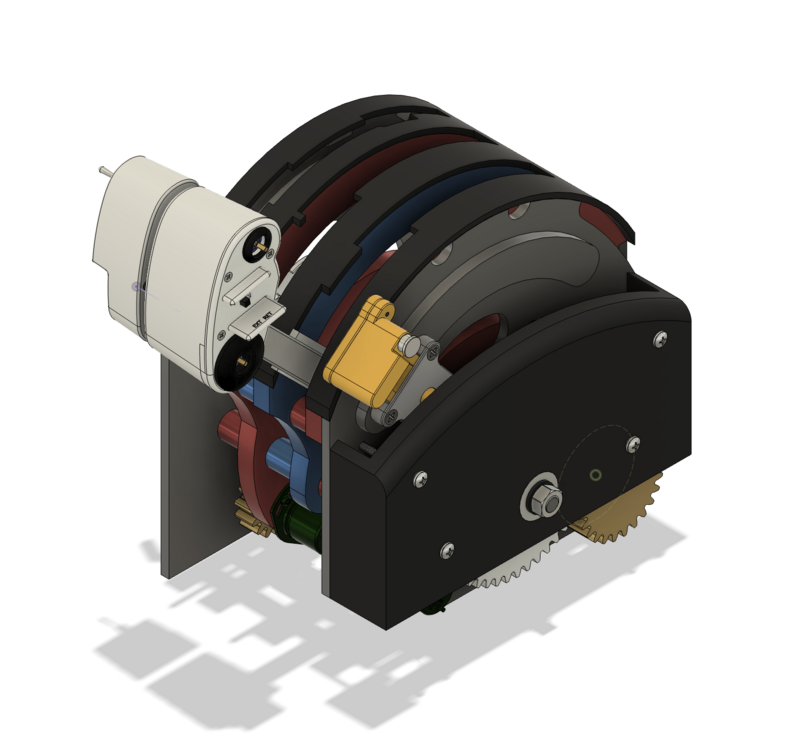

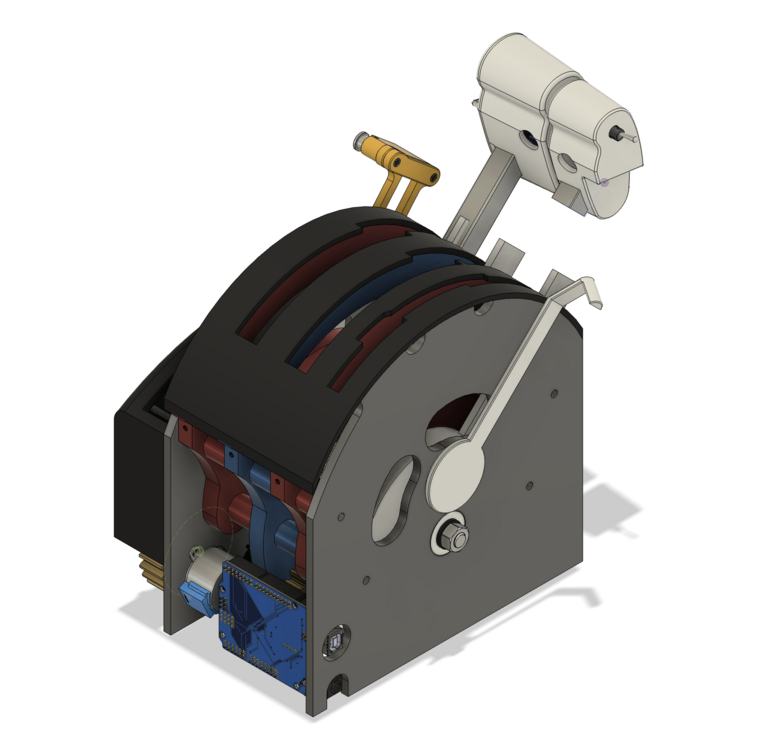

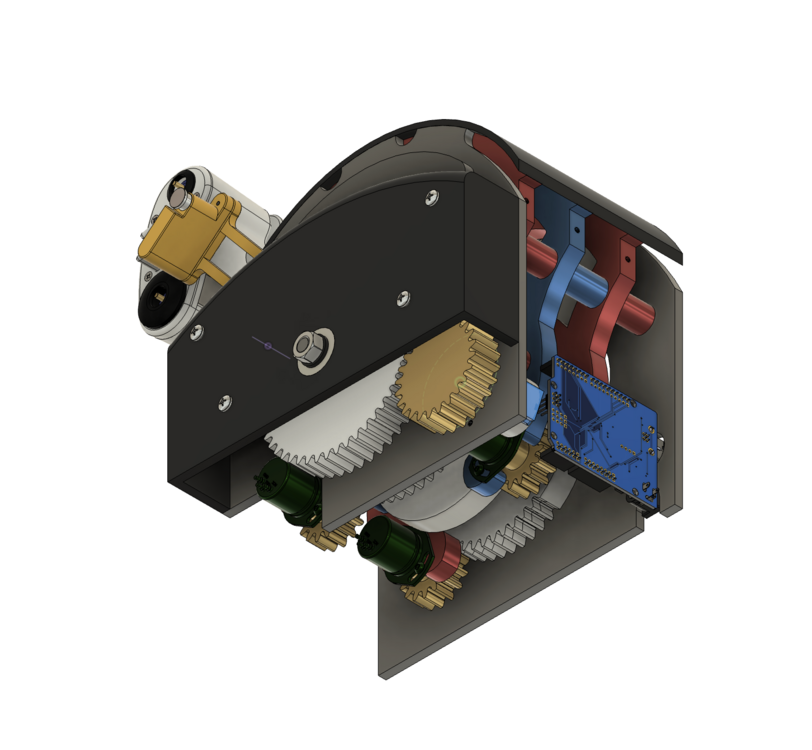

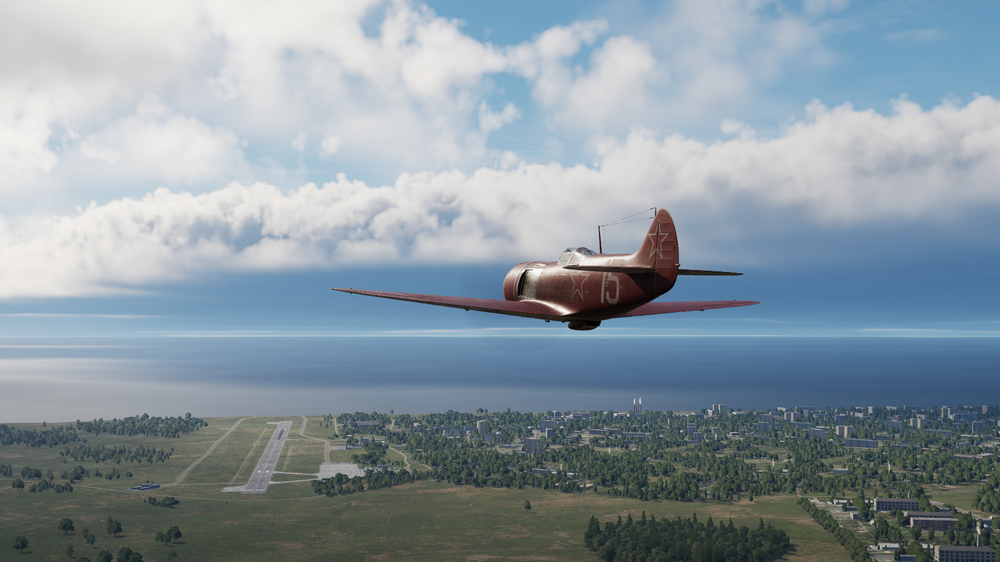

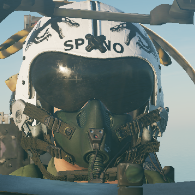
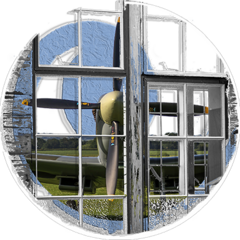
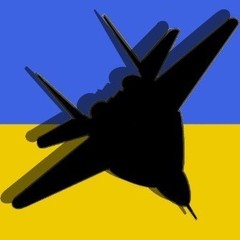
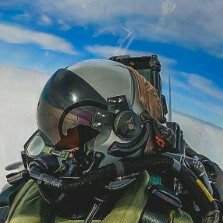
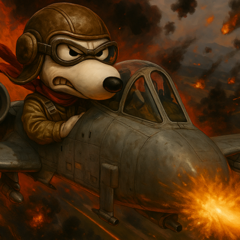
.thumb.jpeg.b9a38a8127c434fd6eba974eb2776d00.jpeg)

